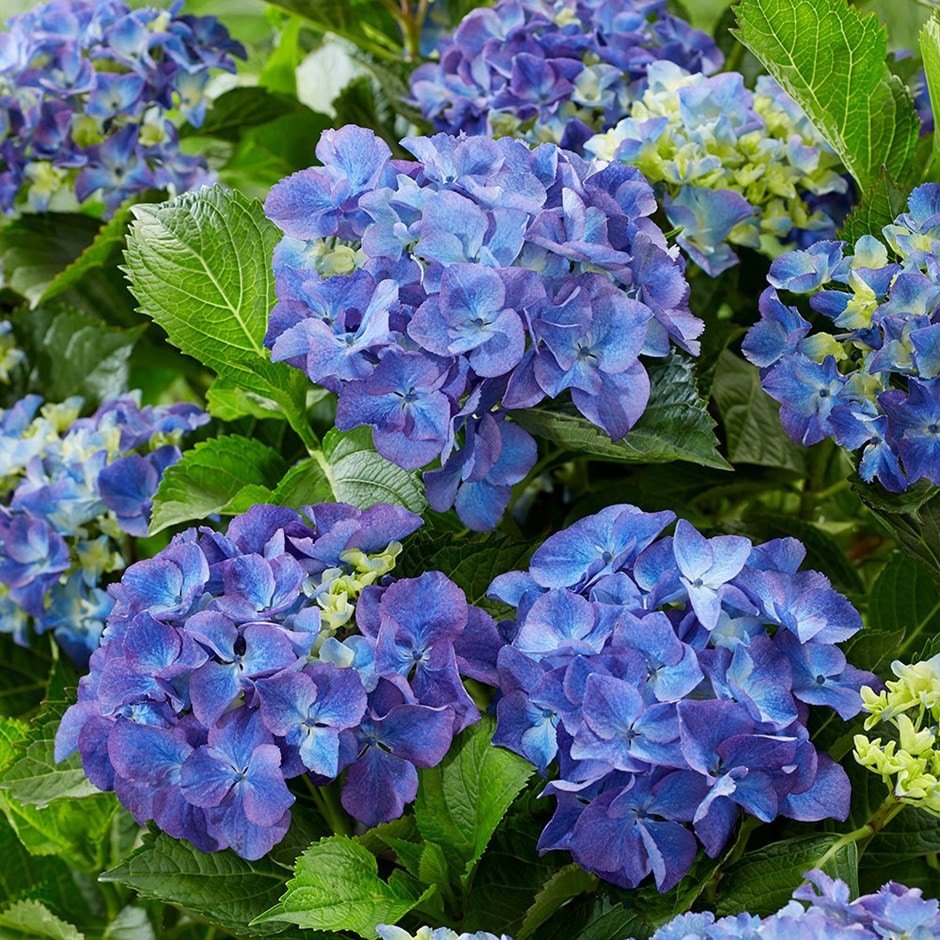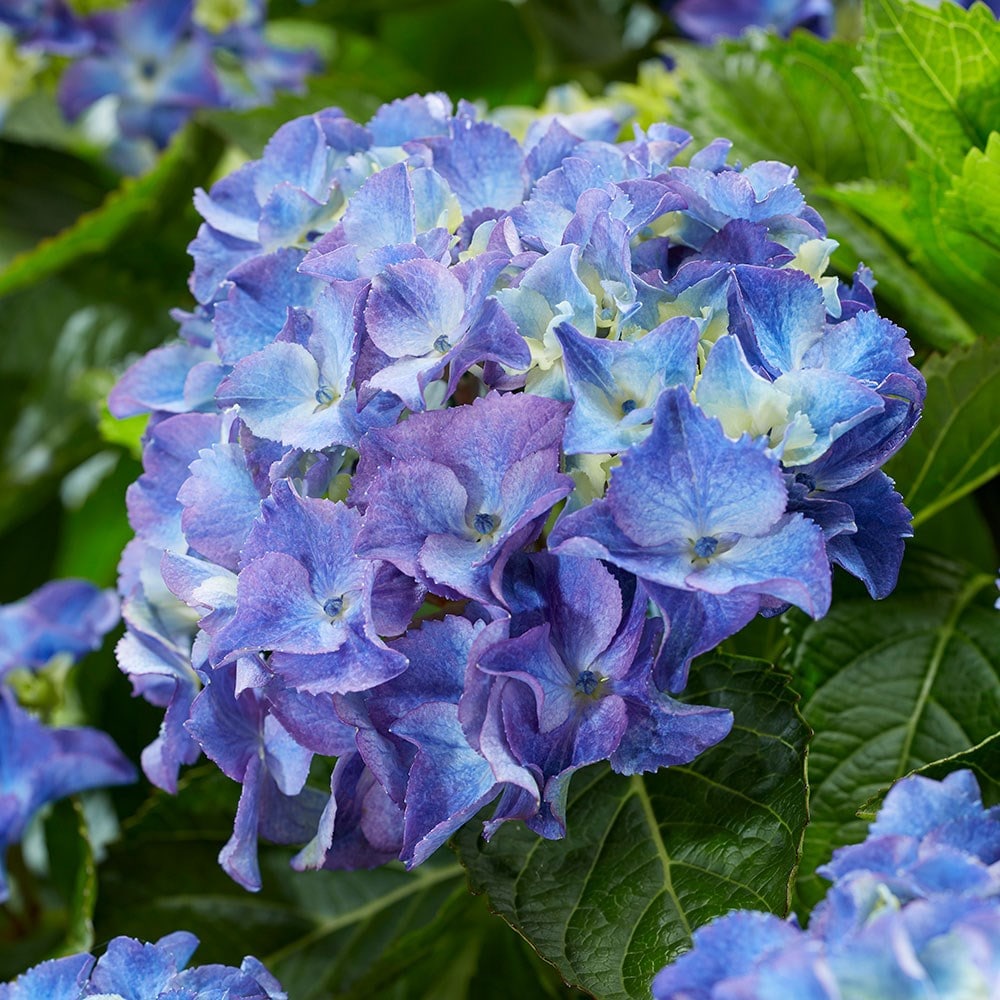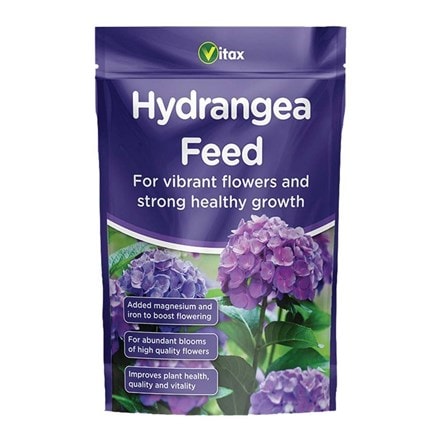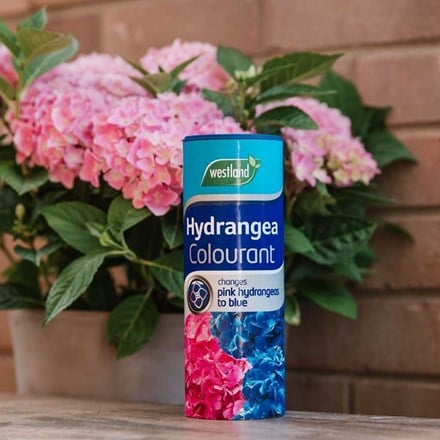Hydrangea macrophylla 'Blue'
mophead hydrangea
- 2 litre pot
- £15.99 £19.99
- In stock (shipped within 3-5 working days)
Delivery options
- Standard £5.95
- Position: full sun or partial shade
- Soil: moist, well-drained, moderately fertile, humus-rich soil
- Rate of growth: average
- Flowering period: June to September
- Hardiness: fully hardy
Wonderfully satisfying, slightly toothed deep-green foliage emerges from chunky, pointed leafy buds as the hydrangea awakens from its winter slumber. In summer, from pale lime green flower buds, bold, blue blooms colour up to give a lovely mid-to-late summer show. These deciduous shrubs look great either planted in pots or as a specimen plant in a border.
Hydrangeas give their best blue flowers on acidic soils with a pH of 5.5. When grown on neutral soil or arriving in our mildly acidic mix, the flowers will predominantly be pink, although you may also get blue or mauve blooms. If you want to make sure that your hydrangea has blue-toned flowers, you will need to make sure your pH does not creep above 6.5. To lower the pH on neutral soil, you can treat it annually with a hydrangea flower colourant containing aluminium salts.
Please note that the pot in the photograph is not supplied with the plant (which is sent out in a simple nursery alternative), but we have a wide and wonderful range on our website to choose from. - Garden care: Improve the soil prior to planting by adding plenty of well-rotted manure or garden compost, adding mycorrhizal fungi (Root grow) to aid establishment. Hydrangeas do not like to dry out so keep them well watered during hot, dry weather. If they do start to suffer, soak the roots with a hose and they will usually recover. Remove faded flowerheads in spring after the danger of frosts, cutting back the flowered stems to a strong pair of buds. Take out misplaced or diseased shoots. Mulch young plants with well-rotted manure or compost in spring. Once established, remove a quarter to a third of the shoots to the base of the plant.
- Humans: Skin allergen; Pets: Harmful if eaten




